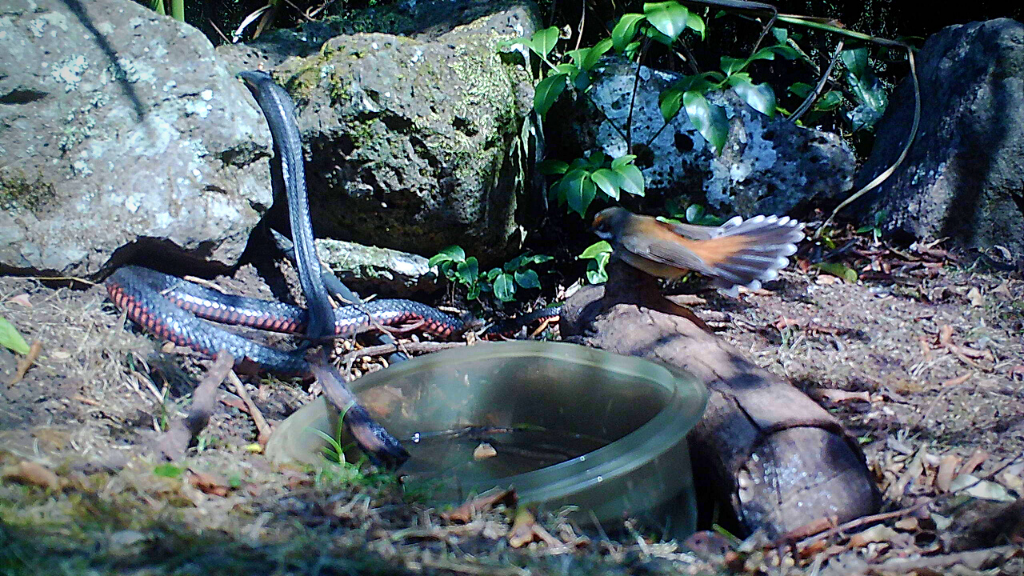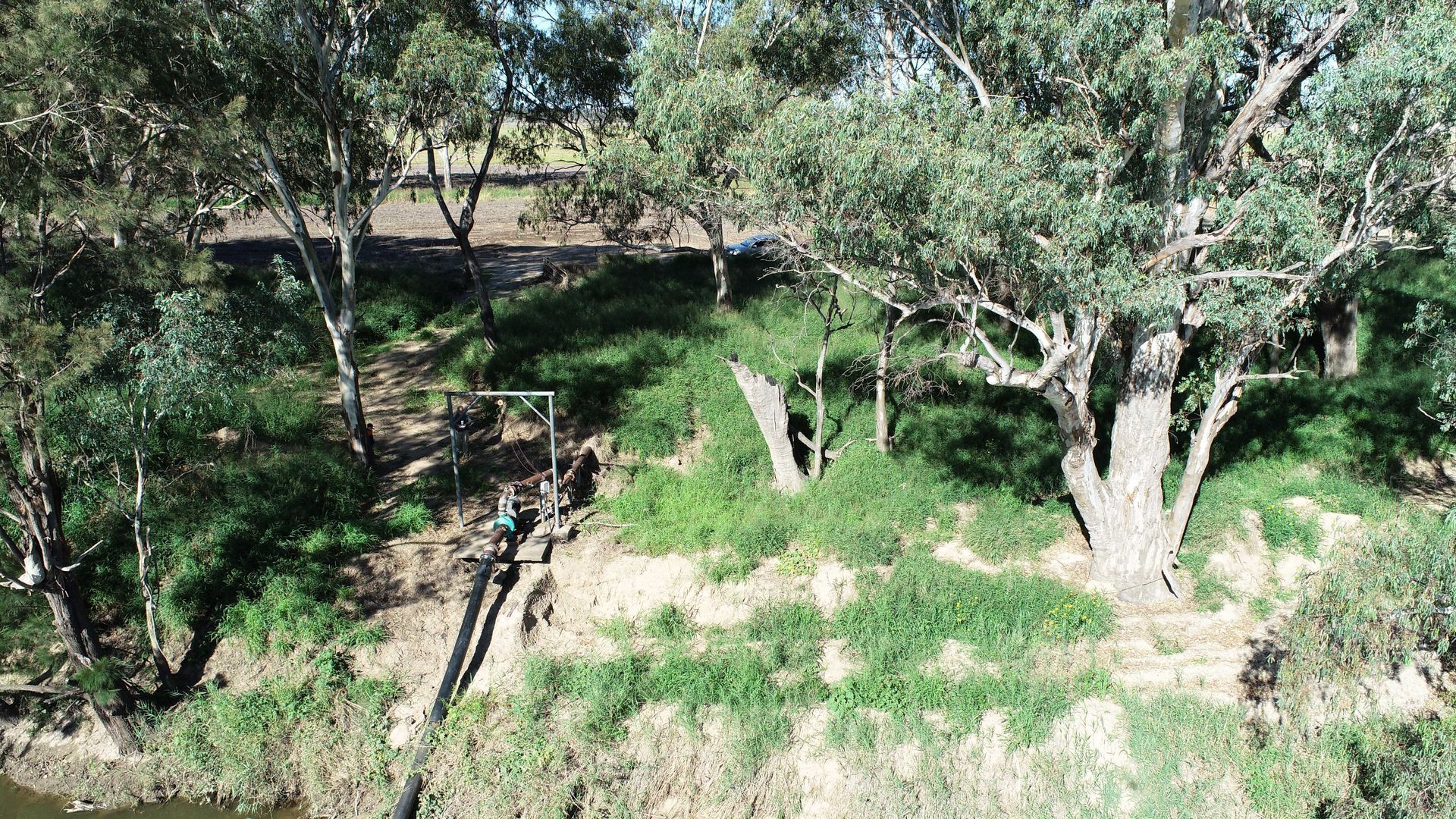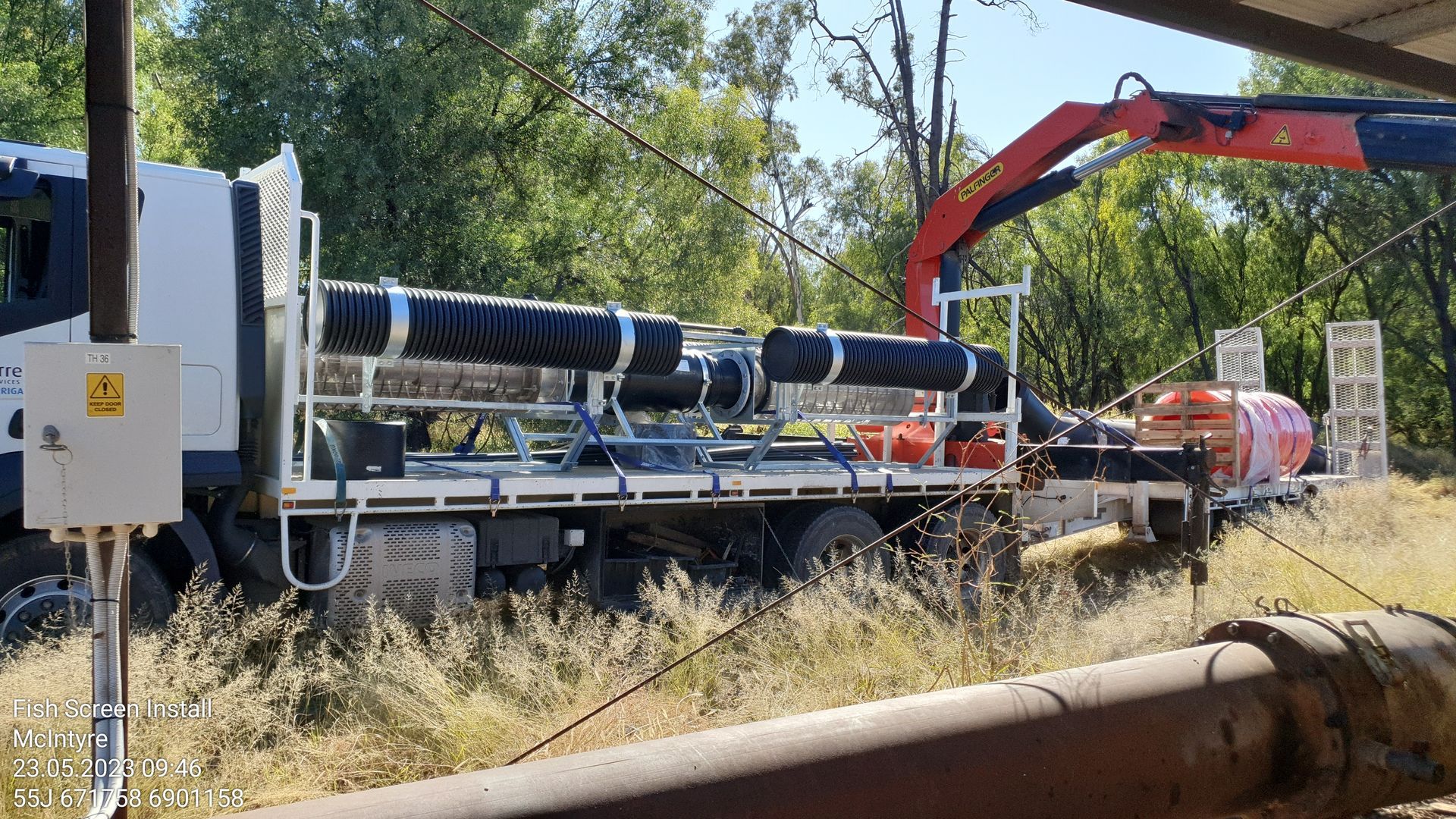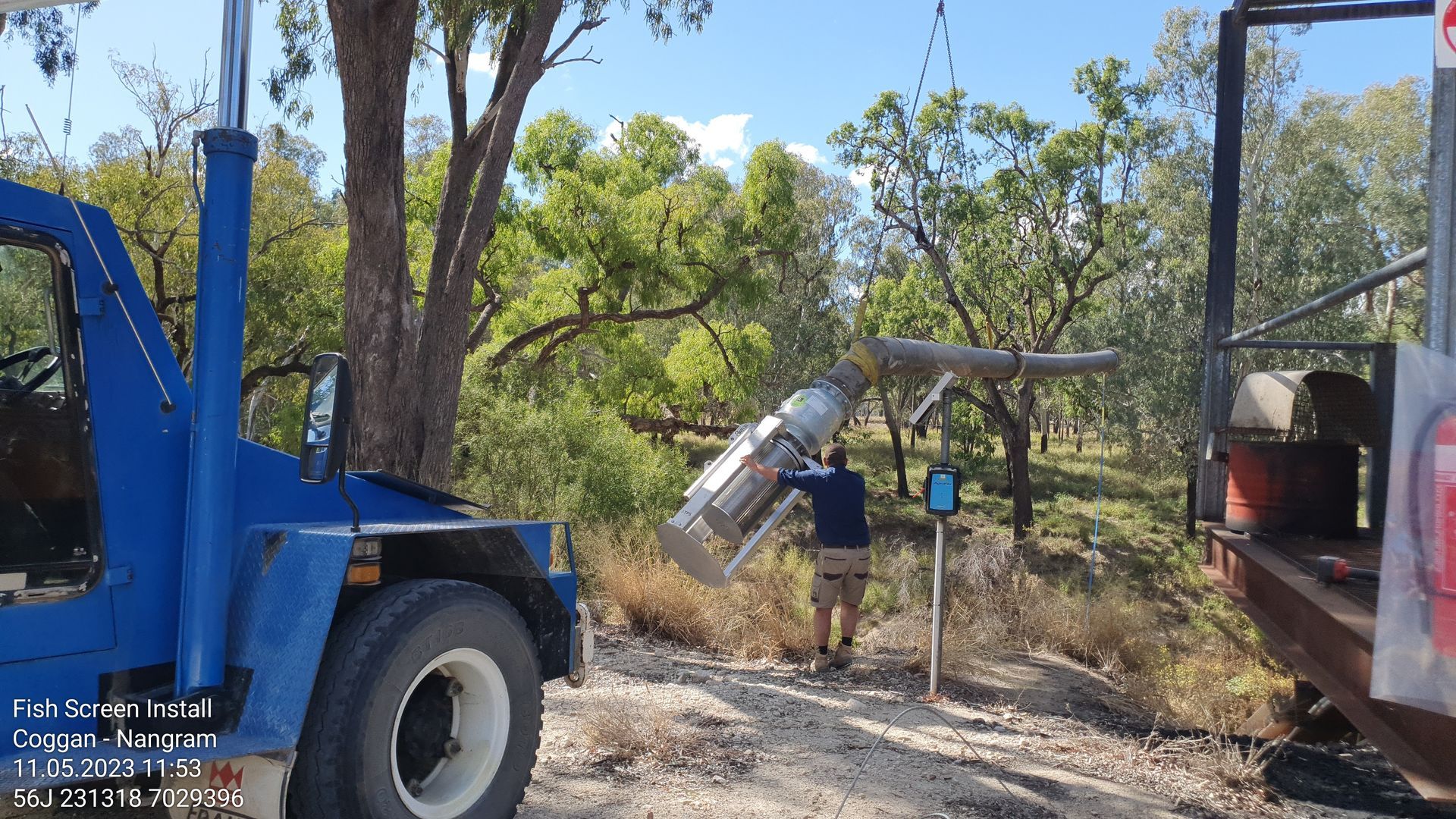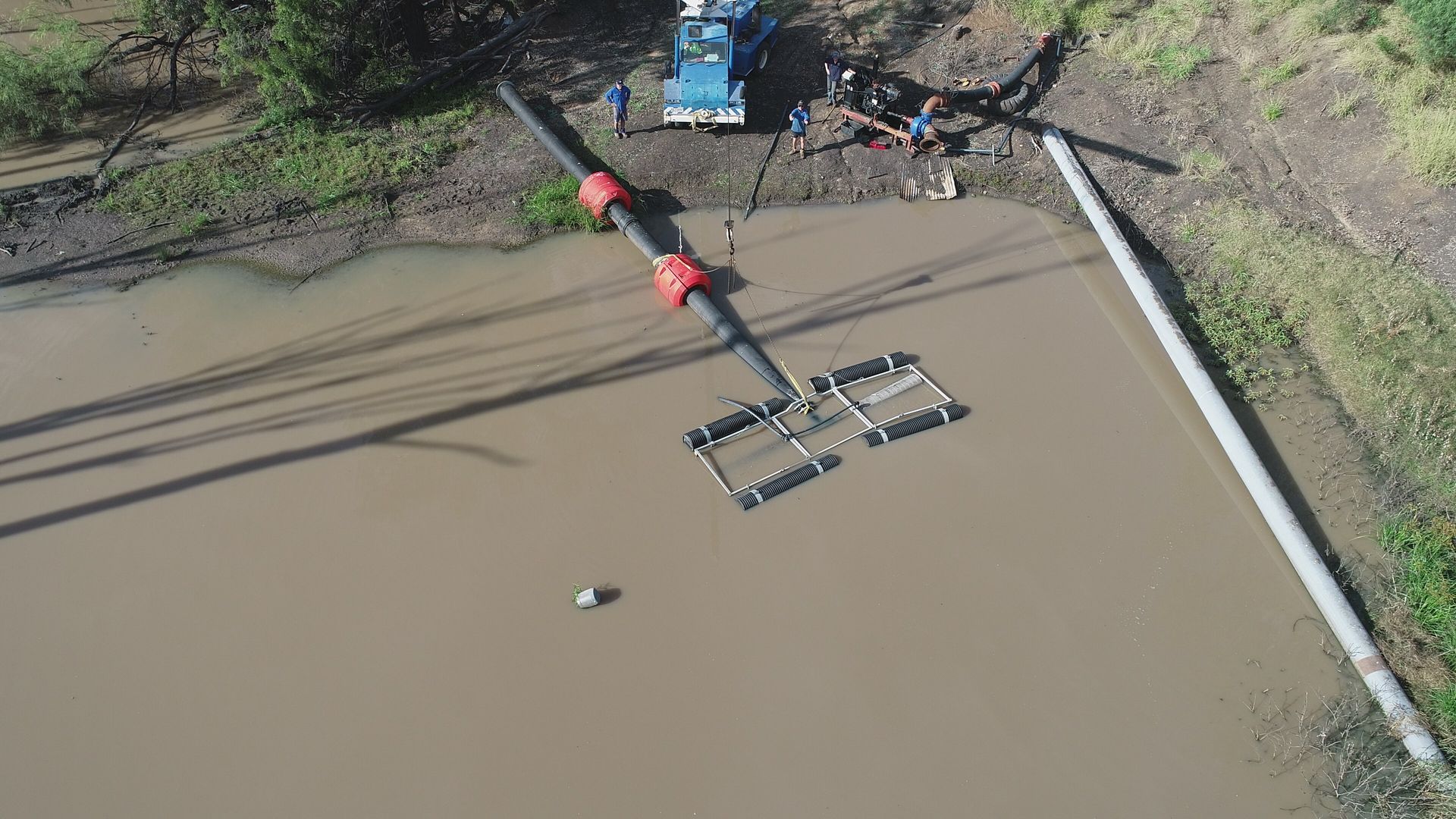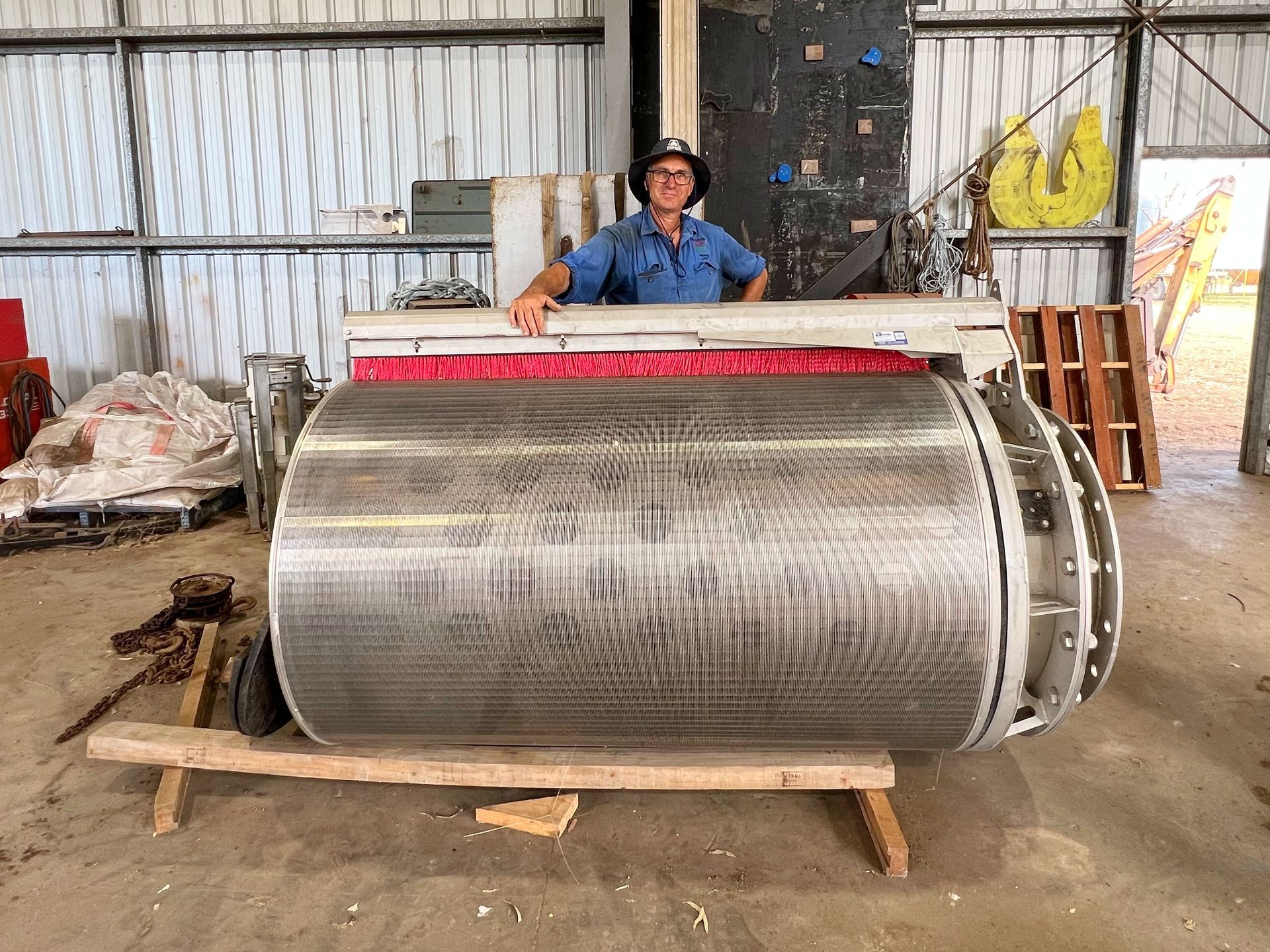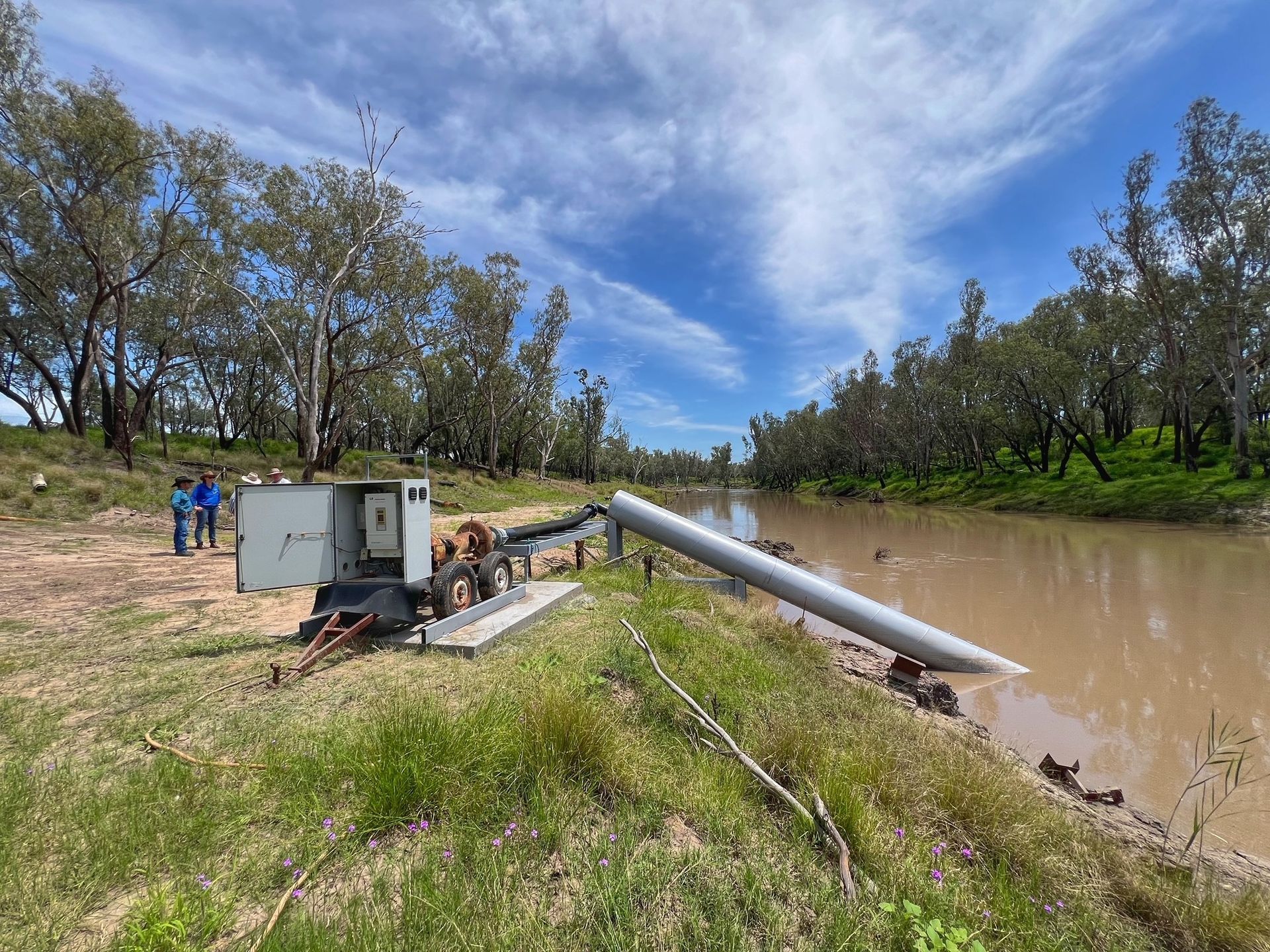See a selection of the incredible photos captured drinking from the basins by Clive and Susan on ‘Aborlee’ here.
“It was also a little heart breaking when we saw how thin some of the animals were - you see a drought impacts everyone even in a rainforest which is normally lush and green and full of life,” she said.
“We would regularly gather the cameras and look at all the photos and after a while we noticed a sequence - as if the animals would take turns to get a drink, all equally respectful of one another and giving each other space.”
“First the wallabies, then the possums, lizards, snakes, all the different types of birds, each species coming in a wave to drink and take their turn.”
But it was one picture that really surprised the pair.
“Yes, we managed to capture a red-bellied black snake (Pseudechis porphyriacus) taking his turn to drink while a Rufous Fantail (Rhipidura rufifrons), watched on...a little too closely for my liking too!” Susan exclaimed.
“You see they would normally be adversaries, but during the drought it was like the water basins were a safe place for everyone to drink...everyone to survive,” she said.
“We learnt a lot from the animals during this period about patience, and respect.”
Then in December of 2019 the drought broke.
“We had a lot of rain when the drought first broke; 70mm in one night,” Susan said.
“We were never so happy to hear the sound of rain on the roof. And from there we’ve had consistent and regular rain and slowly slowly we’ve seen rainforest come back to life,” she said.
With the dam now full and the rainforest bubbling with the activities and chatter of birds, Clive and Susan are returning to more normal routines.
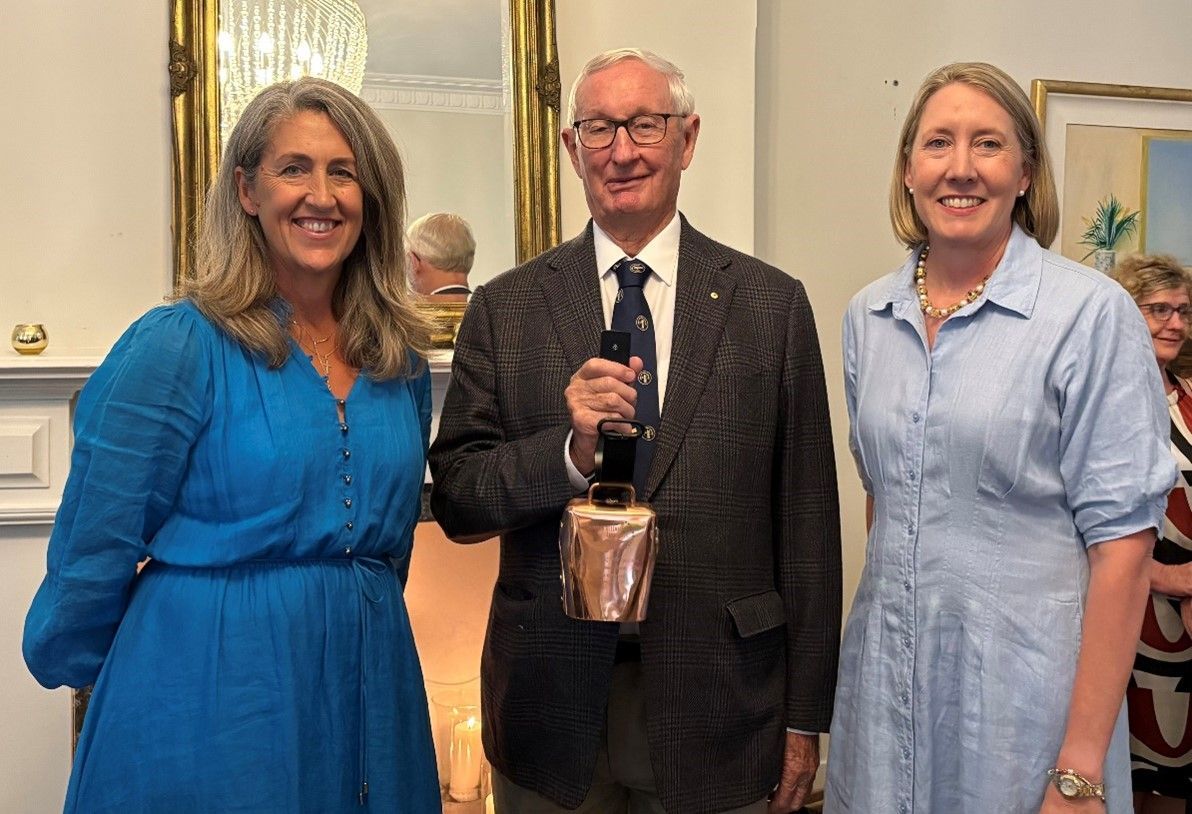
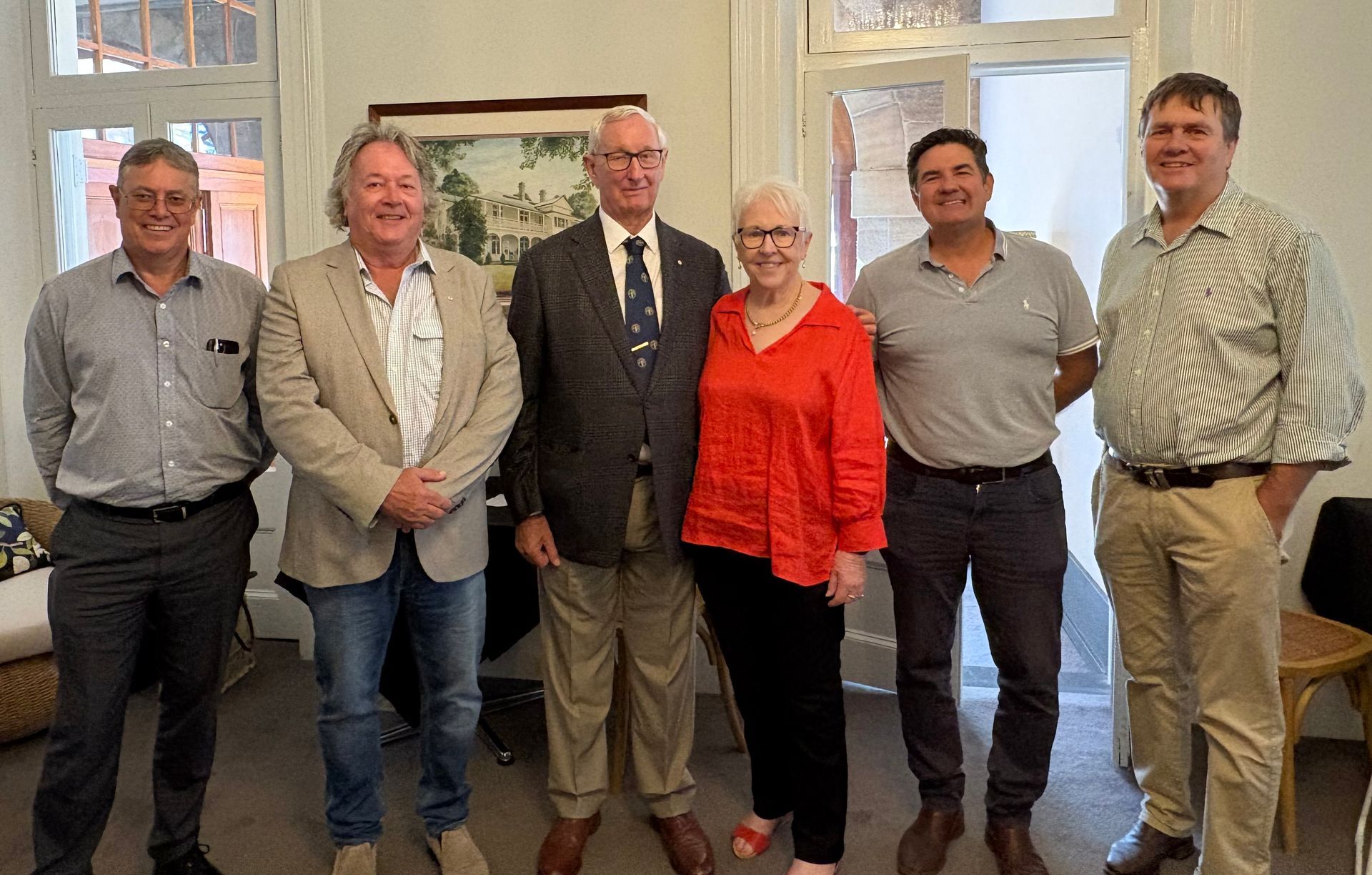
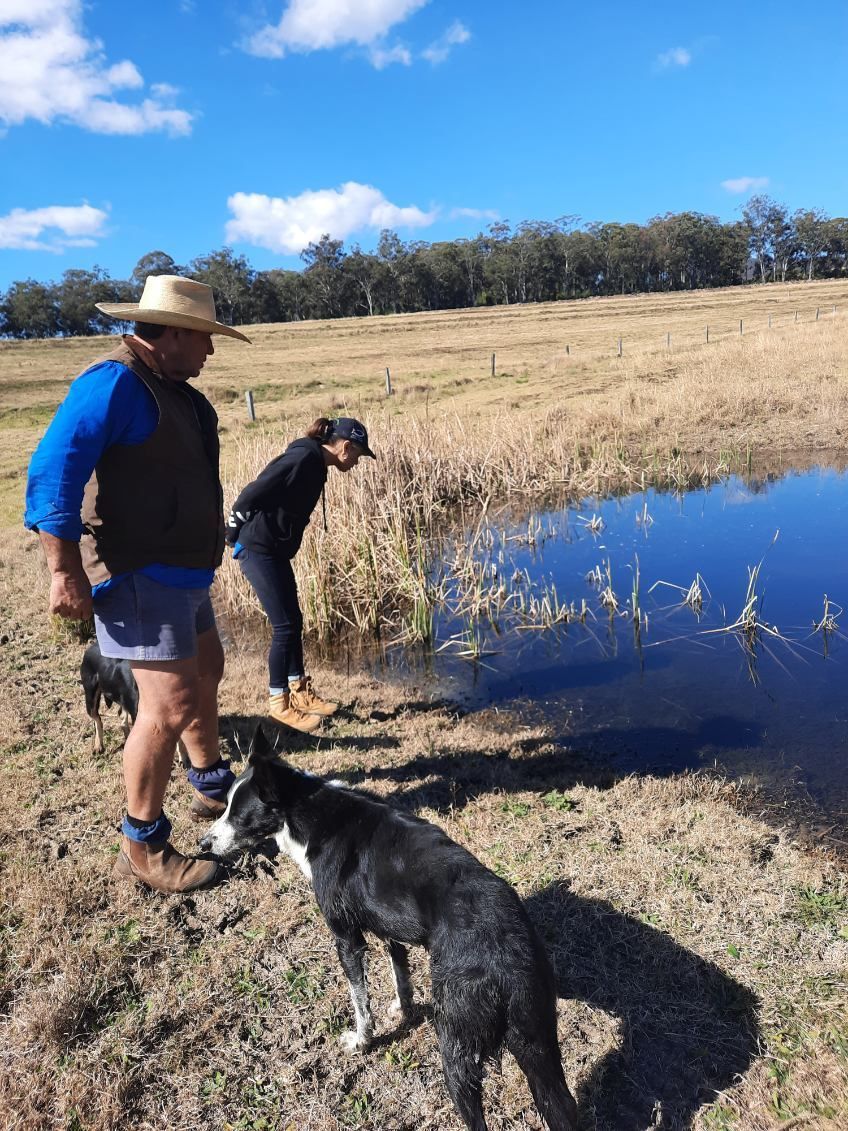
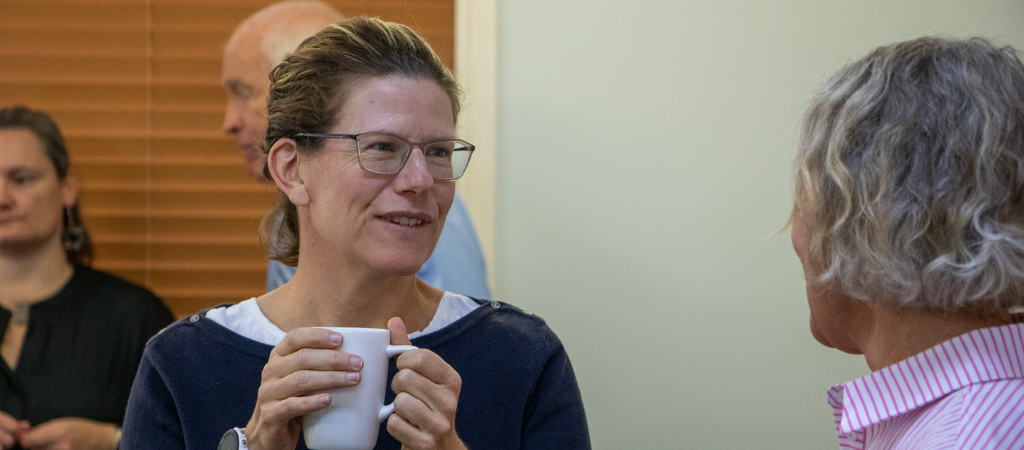
CONTACT
ADDRESS:
Toowoomba - 266 Margaret St. QLD 4350
Roma - 21 Major St. QLD 4455
Charleville - 92 Alfred Street. QLD 4470
St George - 1/11 Grey Street. QLD 4487
CONNECT
LOCATIONS
- 266 Margaret St, Toowoomba City QLD 4350, Australia 266 Margaret St, Toowoomba City QLD 4350, Australia
- 21A Major St, Roma QLD 4455, Australia 21A Major St, Roma QLD 4455, Australia
- Park St, Charleville QLD 4470, Australia 92 Alfred St, Charleville QLD 4470, Australia
- 48 Stockyard St. QLD 4490. Cunnamulla, 48 Stockyard St, 4490, QLD, Australia
- 1/11 Grey Street. QLD 4487 11 Grey St, St George QLD 4487, Australia

